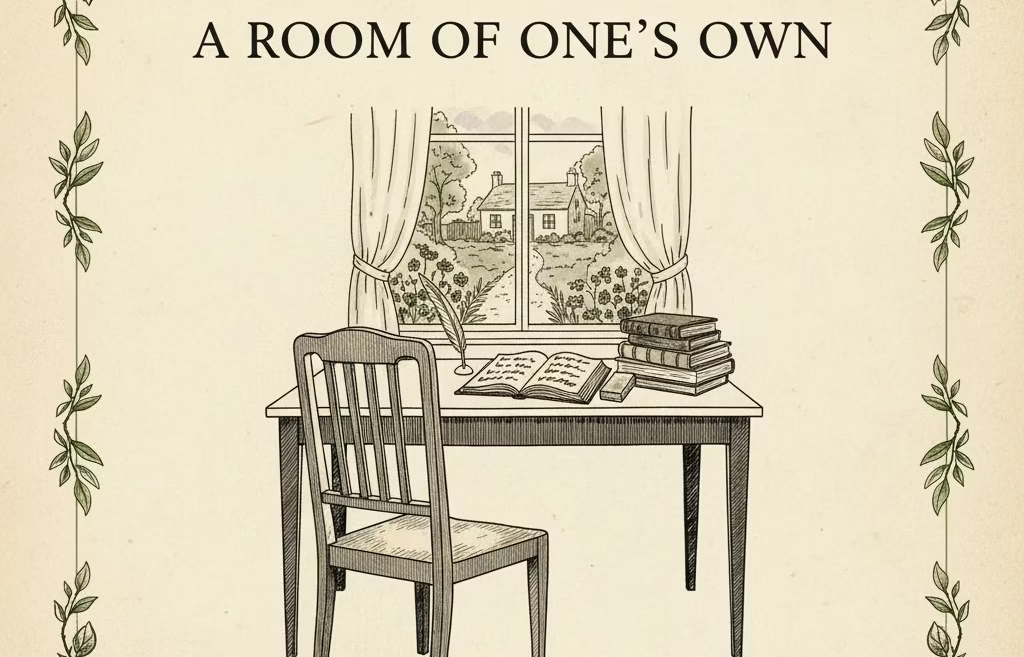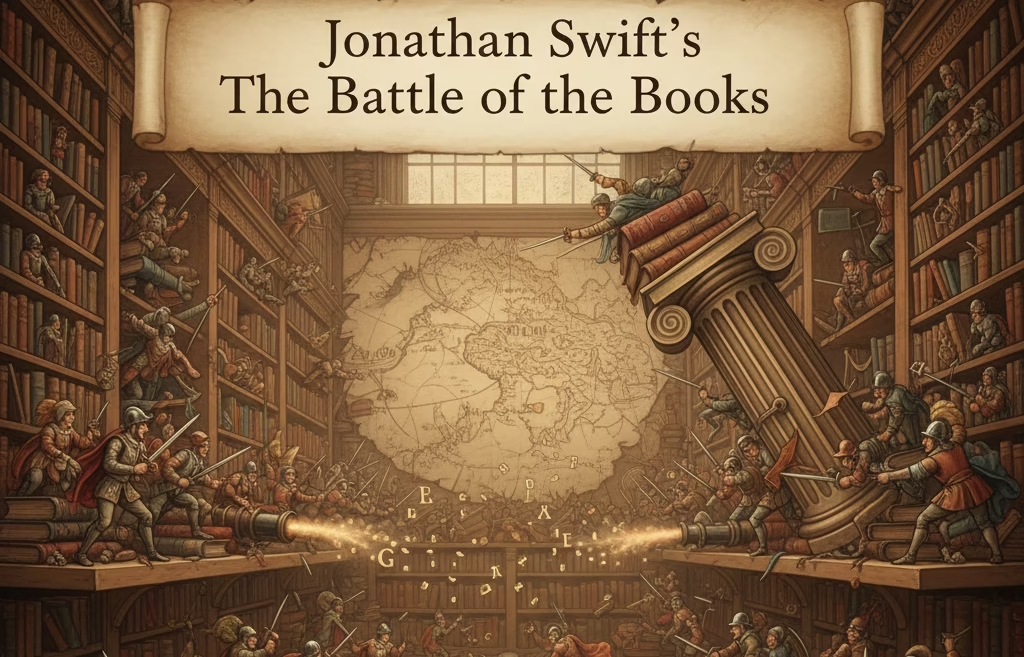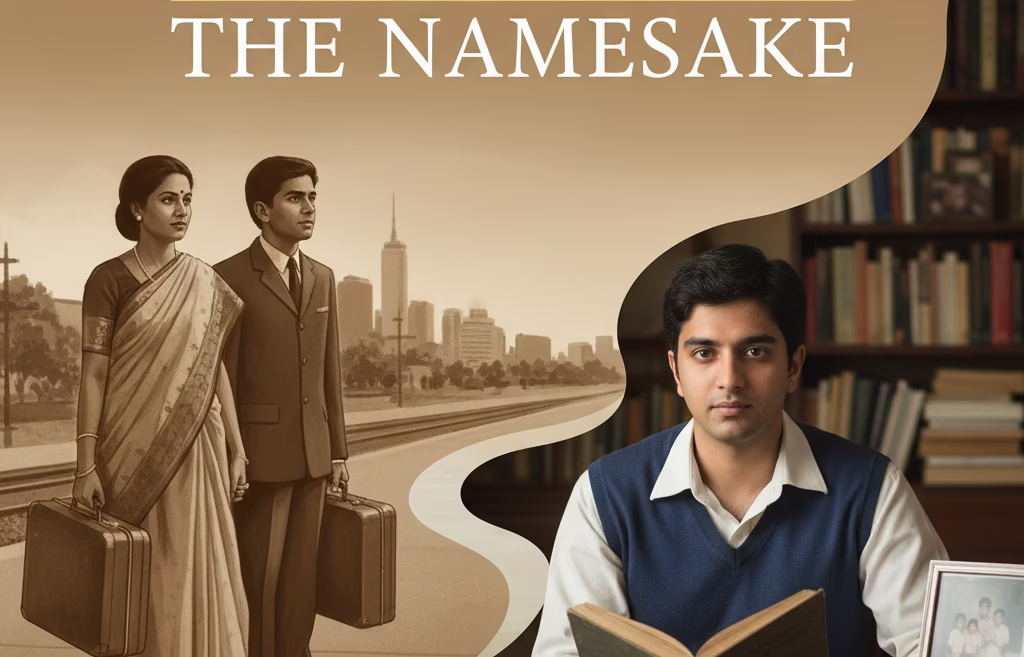Introduction
William Congreve’s The Way of the World stands as a defining work of Restoration comedy, renowned for its sharp wit, intricate plotting, and pointed social critique. Since its premiere in 1700, the play has captivated audiences with its clever dialogue and exploration of love, marriage, and the power dynamics of high society. This article offers an in-depth examination of the play’s structure, characters, themes, and enduring significance, providing fresh insights for students, scholars, and lovers of classic literature.
Plot Overview: The Way of the World
At the heart of The Way of the World is the story of Mirabell, a reformed rake, who wishes to marry Millamant, a witty and independent heiress. However, Millamant’s fortune is controlled by her aunt, Lady Wishfort, who despises Mirabell due to his previous deception. To secure their union and Millamant’s inheritance, Mirabell devises an elaborate scheme: his servant Waitwell, disguised as the wealthy Sir Rowland, woos Lady Wishfort, creating a web of misunderstandings and comic intrigue.
Meanwhile, Fainall, Lady Wishfort’s son-in-law, and his lover Mrs. Marwood plot to blackmail Lady Wishfort and seize Millamant’s inheritance. Through quick wit and resourcefulness, Mirabell and Millamant ultimately out maneuver their adversaries. The play concludes with Lady Wishfort’s blessing of their marriage, restoring order and exposing the follies of the upper class. For More Details
William Congreve’s The Way of the World: Thematic Depth
The Complexity of Love and Marriage
While marriage appears to be the central pursuit for most characters, Congreve uses it as a vehicle to explore deeper themes of trust, negotiation, and social contracts. The famous “proviso scene” between Mirabell and Millamant is a highlight, where both lovers lay out the terms of their future marriage, emphasising autonomy and mutual respect—a radical idea for the time. This negotiation reflects the transactional nature of marriage in Restoration society, where wealth and reputation often outweigh affection.
Social Critique and Satire
Congreve’s play is a masterclass in social satire, lampooning the hypocrisy, greed, and vanity of England’s elite. Characters manipulate and deceive one another in pursuit of fortune and status, exposing the moral laxity of the era. Fainall’s attempt to blackmail Lady Wishfort and seize Millamant’s inheritance exemplifies the ruthless pursuit of self-interest. Furthermore, the play’s title itself—The Way of the World—suggests that such scheming and duplicity are commonplace, if not inevitable, in society.
Gender Roles and Female Autonomy
One of the most progressive aspects of the play is its portrayal of female agency. Millamant, in particular, challenges traditional gender roles by asserting her independence and negotiating the terms of her marriage. Lady Wishfort, though often a figure of ridicule, is also portrayed as a woman seeking control over her own destiny, even if her methods are misguided. The play thus anticipates later debates about women’s rights and the nature of equality within marriage. Read More
Linguistic Brilliance: Wit, Repartee, and Dialogue
Congreve’s linguistic artistry is central to the play’s enduring appeal. The dialogue is dense with wit, irony, and rhetorical flourish, serving both as entertainment and as a means of social commentary. Moreover, Characters engage in verbal duels, using language as a tool for manipulation, persuasion, and self-defence. This performative aspect of conversation not only reflects the social dynamics of the time but also reveals the characters’ true motivations and desires.
“You should have just so much disgust for your husband as may be sufficient to make you relish your lover.”
— Mirabell, highlighting the cynicism underlying Restoration attitudes toward marriage.
William Congreve’s The Way of the World : Structure and Genre
Five-Act Structure
The Way of the World follows the classic five-act structure of Restoration drama:
Act I: Introduces characters and establishes the central conflict.
Act II: Complications and rising action develop.
Act III: The plot reaches its climax, with heightened suspense.
Act IV: Falling action and the unraveling of schemes.
Act V: Resolution, with the restoration of social order and the play’s satirical message made clear.
Restoration Comedy Conventions
The play exemplifies the conventions of Restoration comedy:
Satirical portrayal of high society’s manners and morals
Witty dialogue and repartee
Complex plots involving deception and disguise
Stock characters such as rakes, coquettes, and fops.
Congreve’s innovation lies in his ability to combine these elements with psychological depth and social critique, elevating the genre beyond mere farce.
William Congreve’s The Way of the World : Character Analysis
| Character | Role & Significance |
|---|---|
| Mirabell | The protagonist; a clever, reformed rake seeking to marry Millamant for love and inheritance. |
| Millamant | The witty, independent heroine who negotiates her own terms for marriage. |
| Lady Wishfort | Millamant’s aunt; a comic figure who controls Millamant’s fortune and opposes Mirabell. |
| Fainall | The antagonist; Lady Wishfort’s son-in-law, who plots to seize Millamant’s inheritance. |
| Mrs. Marwood | Fainall’s lover; a schemer who aids in the plot against Lady Wishfort. |
| Waitwell & Foible | Servants who play key roles in Mirabell’s scheme. |
Each character embodies or subverts the stereotypes of Restoration comedy, contributing to the play’s satirical edge.
William Congreve’s The Way of the World: Relevance Today
Despite being over three centuries old, The Way of the World remains strikingly relevant. Its exploration of power, autonomy, and the negotiation of relationships continues to resonate in contemporary discussions about gender, marriage, and social mobility. The play’s critique of hypocrisy and greed can be seen as a timeless commentary on human nature and societal structures.
Modern productions often emphasise the play’s feminist undertones and its challenge to traditional power dynamics, making it a favourite for both academic study and theatrical revival.
Conclusion
William Congreve’s The Way of the World is more than a witty comedy of manners—it is a sophisticated exploration of love, power, and social critique. Its linguistic brilliance, complex characters, and incisive satire ensure its place as a cornerstone of English literature and a touchstone for anyone interested in the art of drama and the dynamics of society. CLICK HERE TO EXPLORE OTHER AUTHORS
Frequently Asked Questions
What is the main theme of The Way of the World?
The complexities of love and marriage, especially as social contracts intertwined with financial arrangements and power dynamics.
How does Congreve use language in the play?
Through witty dialogue, repartee, and rhetorical devices, Congreve exposes the superficiality and hypocrisy of Restoration society.
Why is Millamant considered a progressive character?
She asserts her independence and negotiates the terms of her marriage, challenging the traditional subservient role of women in her era.
How does the play exemplify Restoration comedy?
It features satirical social commentary, complex plots, witty dialogue, and characters who represent the foibles of the upper class.






1 Comment
[…] Richard Sheridan’s The School for Scandal endures as a brilliant exploration of gossip, hypocrisy, and the complexities of reputation. With its clever plotting, unforgettable characters, and biting wit, the play remains a touchstone for anyone interested in the power of words and the follies of society. Whether you’re a student, theatre lover, or simply a fan of great literature, The School for Scandal offers a masterclass in comedy, satire, and human nature. EXPLORE MORE AUTHORS […]